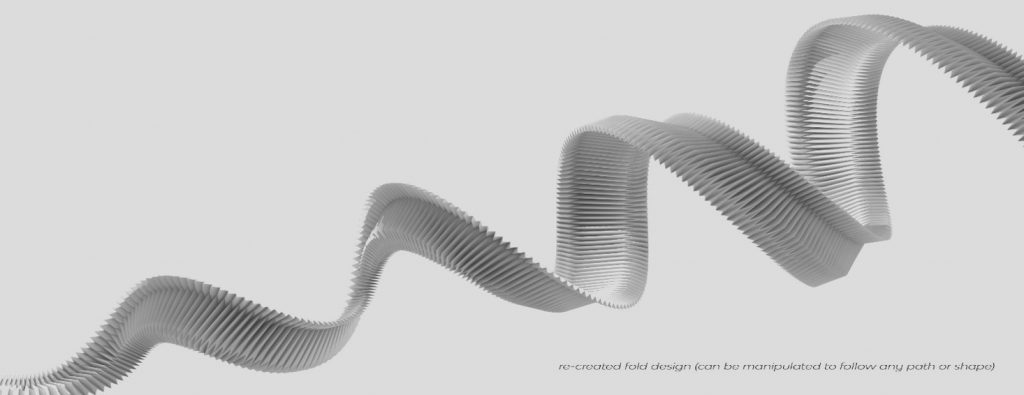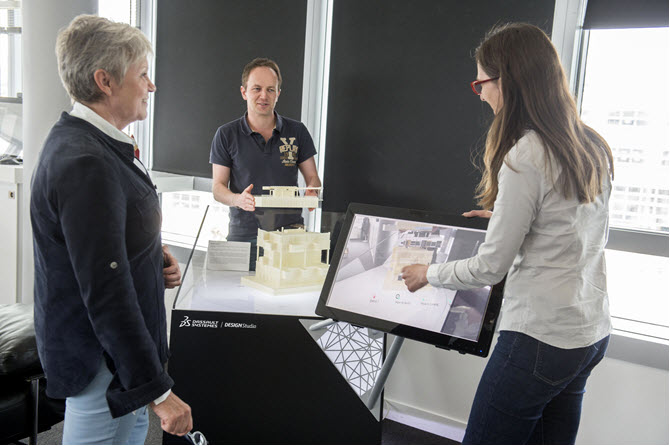
In the Age of Experience, design is grasping a unique opportunity to leverage the incredible power of science. At the crossroads between data, the digital world and the senses, design and architecture are questioning how the digital and physical worlds overlap, and what methods, approaches and findings designers and architects can borrow from science.
The crossover between the digital and the physical is increasingly addressed in design, architecture, arts and urban studies. The use of algorithms for machine learning and deep learning in design practice is growing. Artists and designers make use of hard data to interpret the world and create meaningful and sensible environments. Digital materials and mathematical models, data coming from extensive captures and sensors, information embedded in products and services for a broad audience, as well as all accessible models and knowledge available online should now be considered an integral part of design material for creation. Designers script parametric processes to translate data into responsive, meaningful and aesthetically intriguing installations. Scientists and architects/artists/designers collaborate to visualize data in new and creative ways to trigger and reveal further connections, interpretations and readings.
Design is usually understood as giving “forms” to concepts as physical products, in a finite and static way. Today with digital material, design is giving form to dynamic and constantly evolving designs, as well as supporting an experiential, fast-paced, iterative and conversational mode of interactions when designing and also when delivering the design result.

While underway, a design is at the crossroad of designer intention, user expectation and behaviour, and the structured information coming from data collected during the continuous design process. Such experiential forms of design are the new format of design practice, an attempt to break down the dichotomy between data and the sensible. These experiential design forms translate elusive, ephemeral and intangible aspects into solid data.
In other instances, solid data are interpreted and represented in ways to be perceived and experienced by different senses. In this context, methods and conceptual frameworks of different disciplines need to engage in a dialogue; and through these cross-disciplinary practices, new strategies and processes emerge.

In the Age of Experience, furthermore, design should explore the new and highly accurate digital processes and tools offered by 3D modelling, 3D printing, high-end simulation techniques and embedded intelligence, generative design and algorithmic driven design. A large array of tools are now accessible to designers to propose and make their ideas evolve, significantly delivering complex design with high accuracy to enable incredible projects to come to life in production and in our cities.
Scientific technologies are changing the designers practice, giving the power to transform the role of designer and architect from visualisation to simulation of their project with close-to-zero tolerance. The capabilities of these high-end advanced technologies applied in design creation and production are also changing design practice. Design theory is defining a new field of design research, providing an increase in the levels of collaboration between design and manufacturing, and reducing the historical gap between representation and production.

You can find great examples of this new design protocol in architecture, the willingness to express movement in building, and the intensive use of complex shapes and features on automotive designs. It is in exploring ideas surrounding the alignment of the virtual and the real, adopting all the new disciplines of 3D, scan and simulation. The roots of some of those technologies can be found in the automotive production industry, but now there are multiple applications. Advanced technologies at Dassault Systèmes are the manifestation of the visionary tool box for designers; and they expand a large open field for design to express completely new, intriguing and user relevant results.

